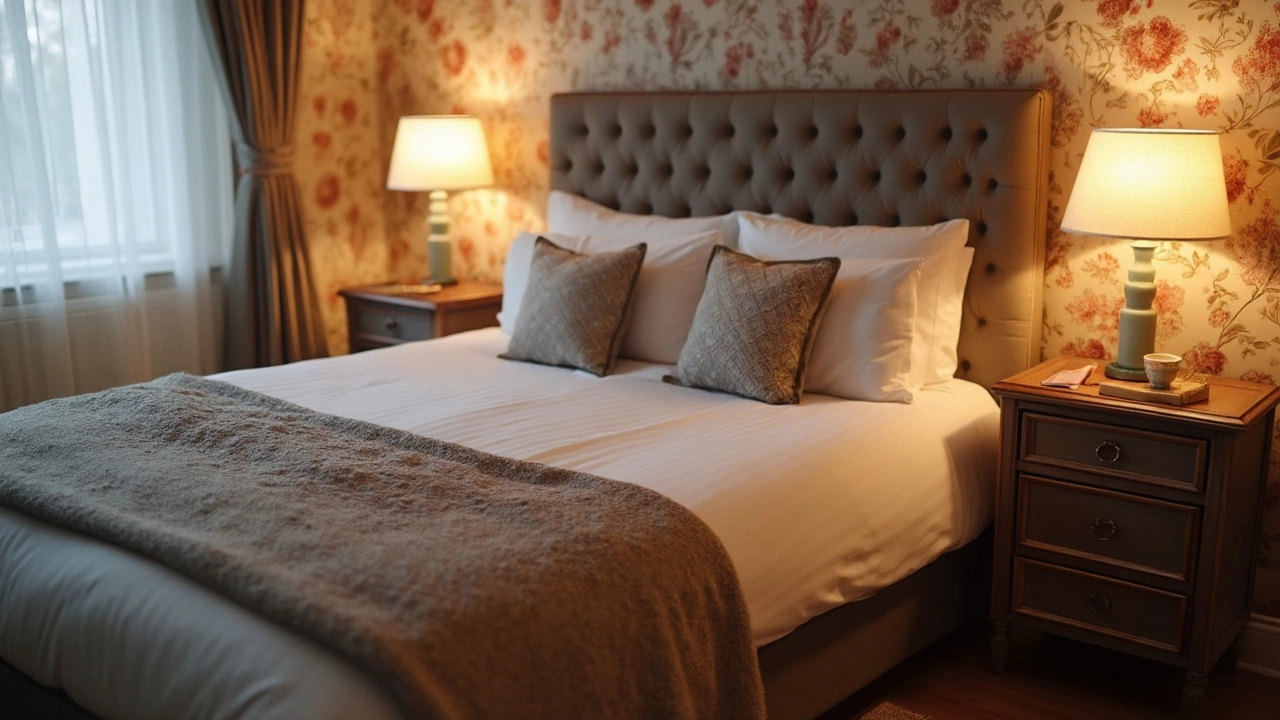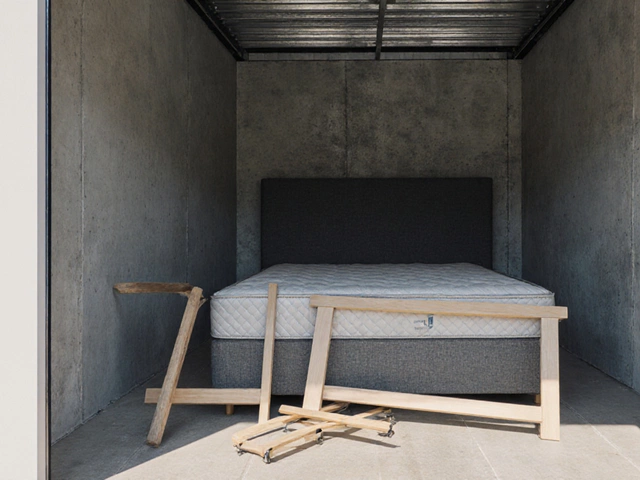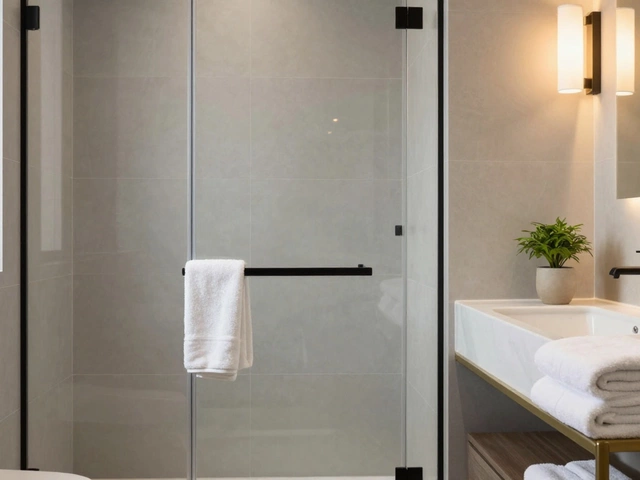Nightstand Height: How to Choose the Right Size for Your Bed
Ever fumbled for a lamp or a glass of water because your nightstand is too low or too high? It’s a tiny detail, but the right height can make bedtime routines smooth and keep your bedroom looking sharp.
The goal is simple: the top of the nightstand should line up with the top of your mattress or sit just a few centimeters lower. That way, you can reach for a book, a phone, or a glass without stretching or bending.
Measure Your Mattress First
Start with the mattress height. Most standard beds sit between 22 and 26 cm (9‑10 inches) high. Platform beds often add another 5‑10 cm, while pillow‑top or adjustable beds can reach 30 cm (12 inches) or more. Grab a tape measure, note the number, and jot it down.
Next, decide how much clearance you want. A comfortable rule of thumb is to keep the nightstand top 2‑5 cm (1‑2 inches) lower than the mattress surface. This gives you a natural arm position when you’re lying down.
For example, if your mattress is 25 cm tall, aim for a nightstand height of about 20‑23 cm. If you have a low‑profile platform at 15 cm, a nightstand around 12‑15 cm works best.
Consider Your Use and Style
What will you store on the nightstand? If you need space for a lamp, a book, and a glass, a slightly taller piece (around 45‑55 cm total height) gives you a bigger surface without raising the top too much. Classic wooden nightstands often sit in the 45‑55 cm range, which fits most queen‑size and king‑size beds.
For a minimalist look, try a slim, floating nightstand that’s only 30‑35 cm high. It keeps the floor visible and makes small rooms feel bigger. Just double‑check the top aligns with your mattress; otherwise you’ll end up reaching for a bedside lamp on the floor.
If you share the bed, think about the height of the other person’s mattress too. A compromise height (around 40‑45 cm) can work for both, especially if you use adjustable lamp arms.
Don’t forget the leg height. Some nightstands have short legs that add a few centimeters to the overall height. When you measure, include the legs – the finished height matters more than the tabletop alone.
Finally, test it out. Stack a couple of books to the height you’re aiming for and place them on the nightstand. Sit on the edge of your bed and see if you can comfortably grab them without straining.
By measuring your mattress, deciding on clearance, and matching the nightstand to your daily habits, you’ll end up with a bedside companion that feels just right. No more awkward reaching, no more cluttered surfaces – just a sleek, functional piece that fits your sleep space like a glove.






